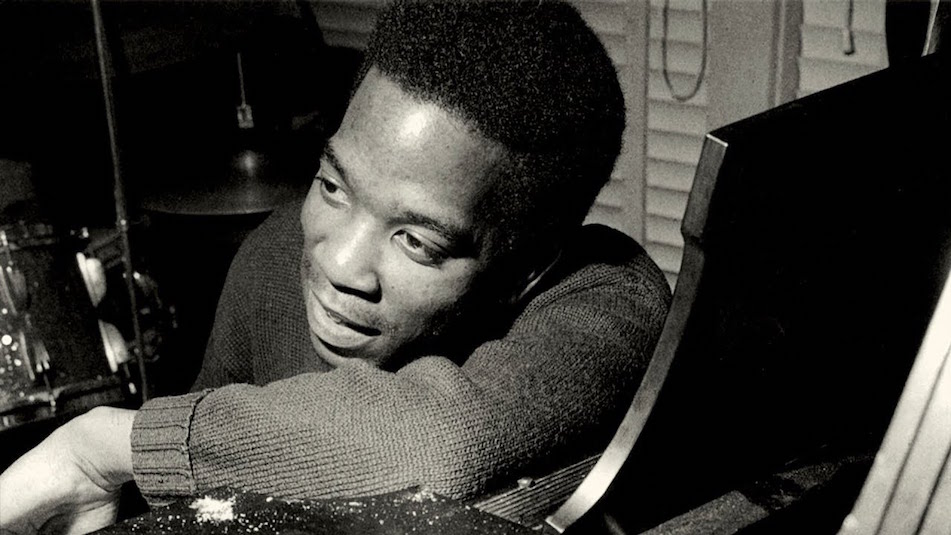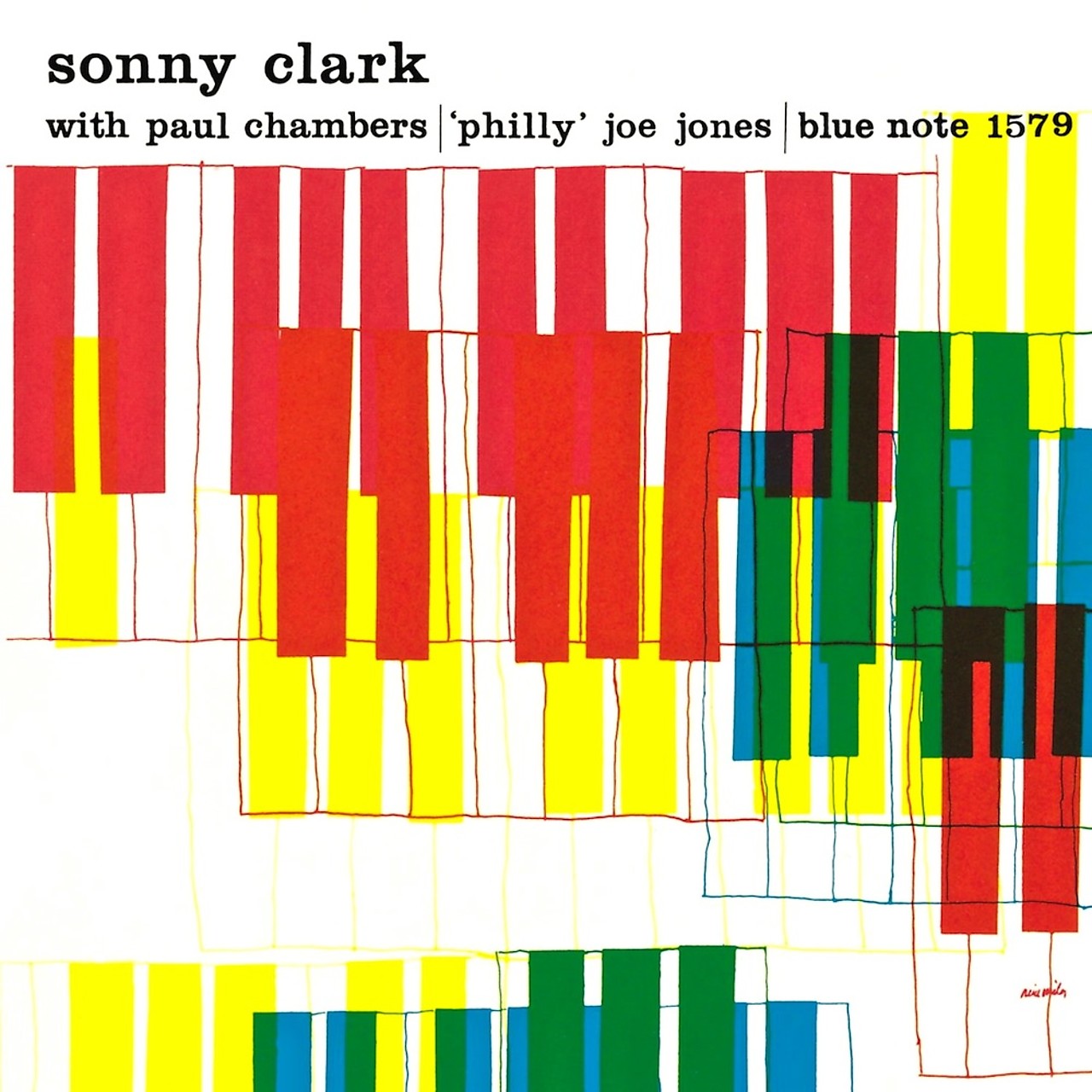A LOOK BACK AT SONNY CLARK'S
SONNY CLARK TRIO
October 16, 2018 | by Rusty Aceves

Sonny Clark, photo by Francis Wolff
For this month’s Hotplate (10/18), Oakland-based pianist and MC Kev Choice brings a fresh perspective to material from Sonny Clark’s 1958 Blue Note classic Sonny Clark Trio. To get ready, we take a look back at the album and the tragically short life of hard bop piano giant who made it.
Son of a Pennsylvania coal miner, Conrad Yeatis “Sonny” Clark led a highly influential career that continues to loom large in the history of jazz piano and inspire multiple generations of musicians. 11 albums as a leader, collaborations with Dexter Gordon, Jackie McLean, Hank Mobley, Stanley Turrentine, Charles Mingus, Lee Morgan, and Stan Getz, and a book of memorable compositions including “Cool Struttin’,” “Dial ‘S’ for Sonny,” “News for Lulu” and “Minor Meeting” — all the more impressive when you consider Clark’s musical life only lasted ten short years before he joined the sadly voluminous list of jazz’s heroin casualties.
Clark spent roughly the first half of his professional life on the West Coast in the early 50s, starting with bebop pioneer Wardell Gray’s band before moving on to work with bassist Oscar Pettiford, clarinetist Buddy DeFranco, and Howard Rumsey’s Lighthouse All-Stars. The pianist led his first date during his brief stay in the Bay Area, recording Oakland, 1955 with a local trio before resettling in New York and signing a deal with Blue Note, who recorded four albums worth of material with Clark in the latter half of 1957.
 Following his two initial sextet sessions for label, Dial “S” for Sonny and Sonny’s Crib, which between them boasted a roster including Donald Byrd, John Coltrane, Art Farmer and Curtis Fuller, Clark returned to the trio concept for Sonny Clark Trio, recorded in October 1957 with the rhythm section of bassist Paul Chambers and drummer “Philly” Joe Jones. Unlike his earlier efforts, Sonny Clark Trio contained no original material, instead focusing on bebop-era tunes by Dizzy Gillespie and Tadd Dameron as well as time-proven hits from the Broadway stage by Oscar Hammerstein and Rodgers and Hart. Leonard Feather’s liner notes don’t illuminate why Clark chose a standards repertoire for this date, whether as a way to establish “common ground” with his new bandmates or to explore the tunes’ untapped possibilities utilizing this all-star lineup’s interpretive gifts, but in any case, Sonny Clark Trio stands as one of the landmark piano trio recordings in jazz history. Clark’s fiery soloing and surgical rhythmic accuracy create alchemy with Chambers’ pinpoint touch and Jones’ unfailingly melodious propulsion, forming a blueprint for the piano trio approach to the standards songbook that is still practiced today.
Following his two initial sextet sessions for label, Dial “S” for Sonny and Sonny’s Crib, which between them boasted a roster including Donald Byrd, John Coltrane, Art Farmer and Curtis Fuller, Clark returned to the trio concept for Sonny Clark Trio, recorded in October 1957 with the rhythm section of bassist Paul Chambers and drummer “Philly” Joe Jones. Unlike his earlier efforts, Sonny Clark Trio contained no original material, instead focusing on bebop-era tunes by Dizzy Gillespie and Tadd Dameron as well as time-proven hits from the Broadway stage by Oscar Hammerstein and Rodgers and Hart. Leonard Feather’s liner notes don’t illuminate why Clark chose a standards repertoire for this date, whether as a way to establish “common ground” with his new bandmates or to explore the tunes’ untapped possibilities utilizing this all-star lineup’s interpretive gifts, but in any case, Sonny Clark Trio stands as one of the landmark piano trio recordings in jazz history. Clark’s fiery soloing and surgical rhythmic accuracy create alchemy with Chambers’ pinpoint touch and Jones’ unfailingly melodious propulsion, forming a blueprint for the piano trio approach to the standards songbook that is still practiced today.
Over the following five years, Clark would release a number of superlative sessions including the iconic 1958 quintet album Cool Struttin’ and record a number of dates that were unfortunately shelved by Blue Note until the 1970s, while continuing his sideman work with McLean and guitarist Grant Green, among others. Clark’s death at age 31 robbed the jazz world of one of its most vital voices, and one can only wonder what he might have accomplished had he survived his addiction.
Musicians including saxophonist John Zorn and pianist John Hicks have released tribute albums dedicated to Clark, and Bill Evans composed a tune in honor of the pianist that appears on his GRAMMY-winning 1963 album Conversations with Myself entitled “N.Y.C.’s No Lark,” —an anagram of “Sonny Clark.”
